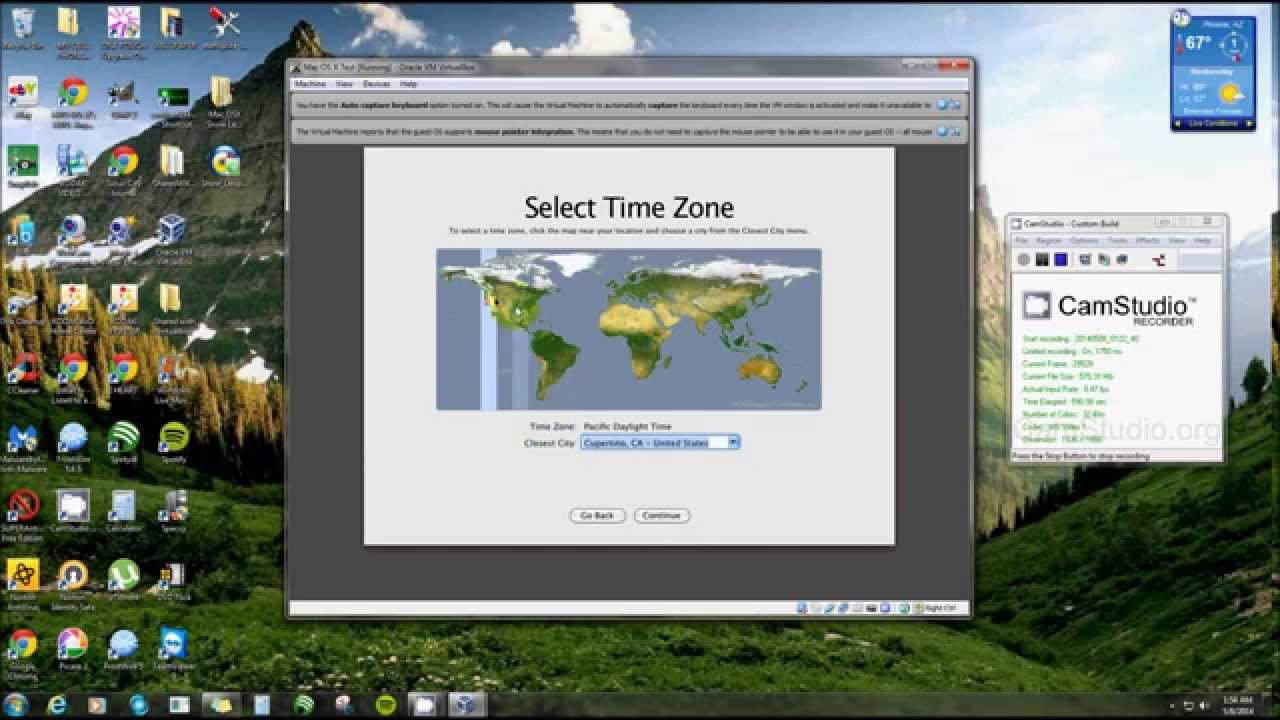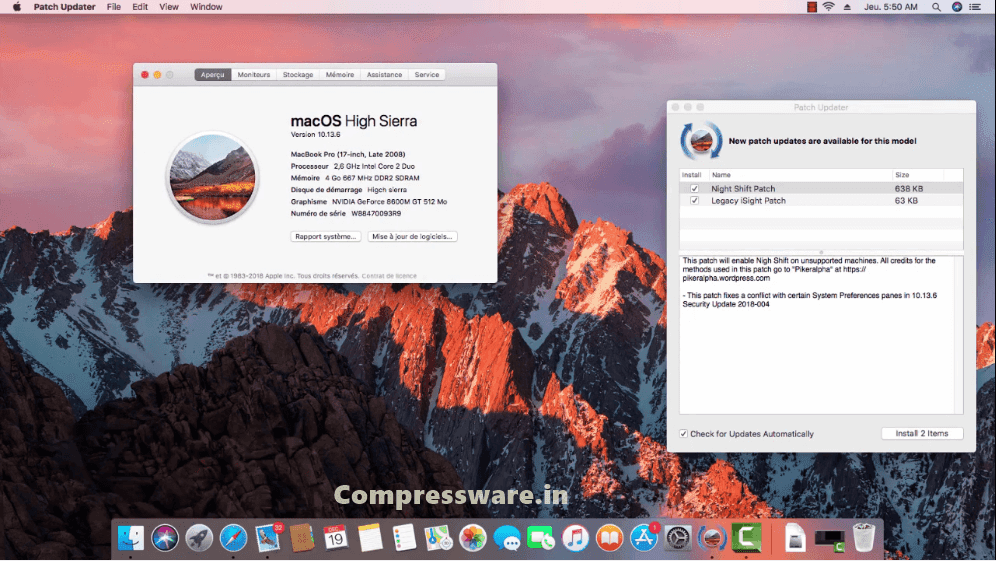

- #What format should i use for mac os sierra software
- #What format should i use for mac os sierra windows
And if you don’t want those files to be saved, choosing the highest security settings when formatting the drive will ensure the erased files are unrecoverable after formatting. Yes, formatting a USB drive will delete all of your files on that drive (though not the files on the rest of your computer) so make sure you have them backed up somewhere if they are valuable to you. Will formatting a USB drive delete my files? It then configures this memory to whatever format you choose. When you format a USB drive on macOS, the computer wipes all of the data off of the drive, making it a blank slate of computer memory. How long this takes will depend on how many files you have on the drive, how much storage the drive holds, and which security settings you chose.Īnd that’s it! FAQs What happens when you format a USB drive? If you’re not in a rush, the most secure option is obviously best, though you should be safe on the least secure setting, unless you have particularly sensitive data on the drive.Īll that’s left to do is press erase! Once you do this, Disk Utility will erase all of the data on your drive and format it to your format of choice.

On the least secure option, a sophisticated program would be able to recover the deleted files, and on the most secure option, it would be more or less impossible for anybody to recover the files. This brings up a slider where you can choose how deleted the files you erase from your drive really are.
#What format should i use for mac os sierra windows
This is a good option if you’re formatting the drive for a Windows computer.

A Mac computer can read files on an NTFS drive, but it can not write files to that drive.
#What format should i use for mac os sierra software
However, it’s not readable by a non-Apple machine (meaning you can’t plug the drive into a Windows or Linux computer) and Macs running software older than High Sierra won’t be able to read the drive.

Once your USB drive is plugged into your Mac, open Finder. Depending on which Mac you’re using, you may need to use a flash drive that has a USB C socket or an adapter from USB A to USB C. First, plug your USB drive into your Mac. The simplest way to format a USB on macOS is through the Disk Utility.


 0 kommentar(er)
0 kommentar(er)
